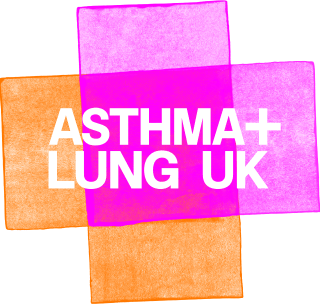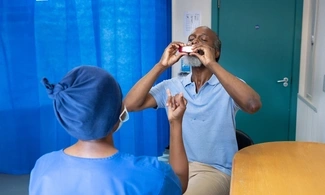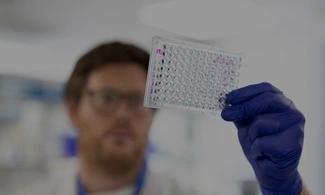Symptoms of bronchiectasis
Everybody with bronchiectasis is different:
- your symptoms might not be the same as somebody else’s
- you could have one symptom, or you could have many
- the symptoms you experience might change from day to day.
Coughing up phlegm (sputum)
The most common symptom of bronchiectasis is a cough that brings up a lot of phlegm (sputum) every day. Around 3 in 4 people with bronchiectasis cough up phlegm every day.
You might cough up different amounts of phlegm day to day.
Phlegm is usually clear unless you get an infection. When you have an infection, it can change colour and texture.
Some people with bronchiectasis might cough up small amounts of phlegm, or no phlegm. This is sometimes called ‘dry’ bronchiectasis.
Other symptoms of bronchiectasis:
- breathlessness
- extreme tiredness (fatigue)
- chest pain or tightness
- coughing up blood or bloodstained phlegm (haemoptysis). If this happens, follow NHS advice and get checked by a healthcare professional as soon as possible
- wheezing, or crackling, snoring and whistling sounds when you breathe. A healthcare professional may hear these sounds when they listen to your lungs, but you might not be able to hear this yourself
- the skin under your nails gets thicker and your fingertips become rounded (finger clubbing). This is rare in bronchiectasis, and might be a sign of a different lung condition.
When to get help for bronchiectasis symptoms
If you have any symptoms of bronchiectasis or think you could have bronchiectasis, book an appointment at your GP surgery:
- If you do have bronchiectasis, getting a diagnosis and starting to treat and manage your condition can help prevent it from getting worse.
- If you do not have bronchiectasis, your symptoms might be a sign of a different health condition that your GP can help you with.

Get support
Our helpline is closed from 1pm on Wednesday 24th December 2025 and re-opens at 9:15am on Friday January 2nd 2026. Our supporter care line is also unavailable during this period. If you have a flare-up of your lung condition symptoms, contact your GP or healthcare professional or 111 for advice. Always dial 999 in an emergency.








